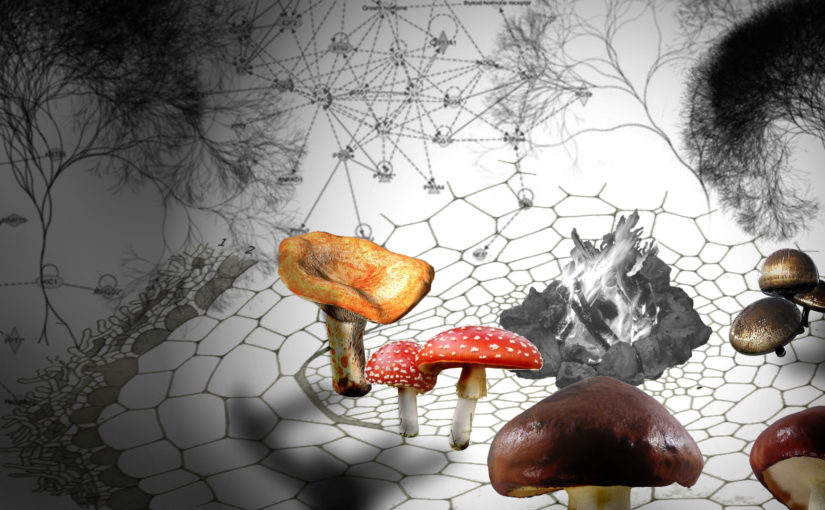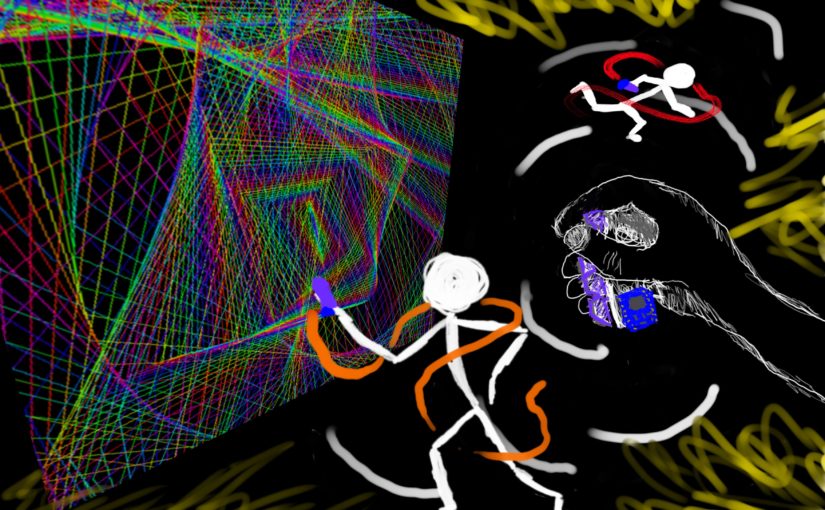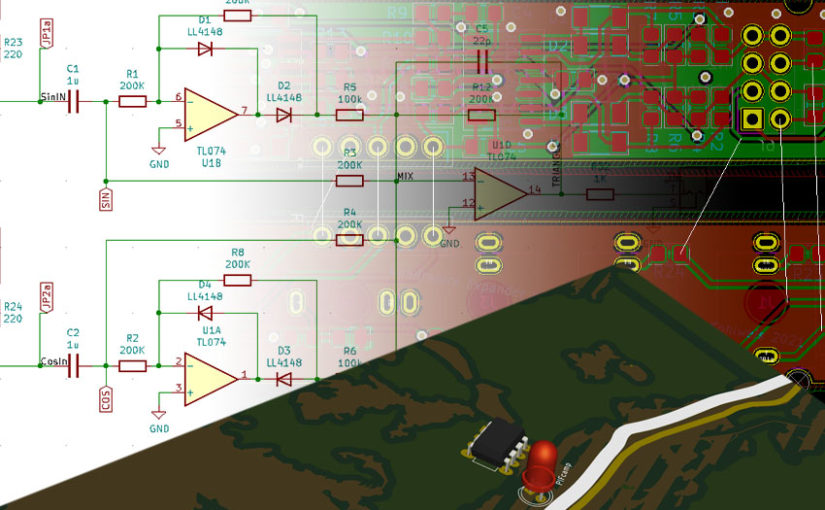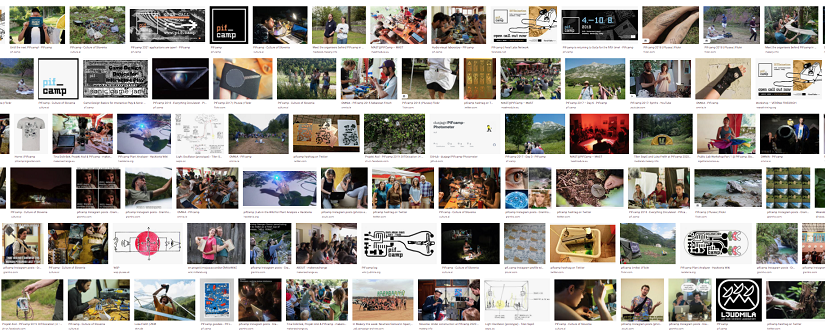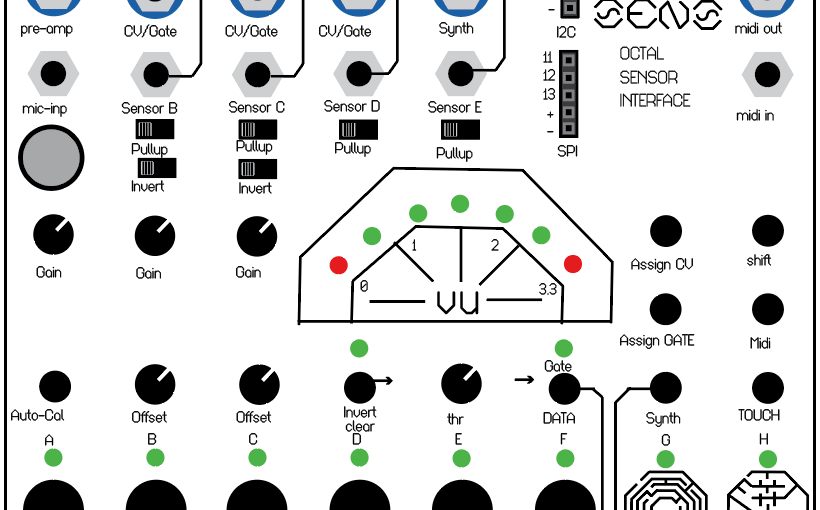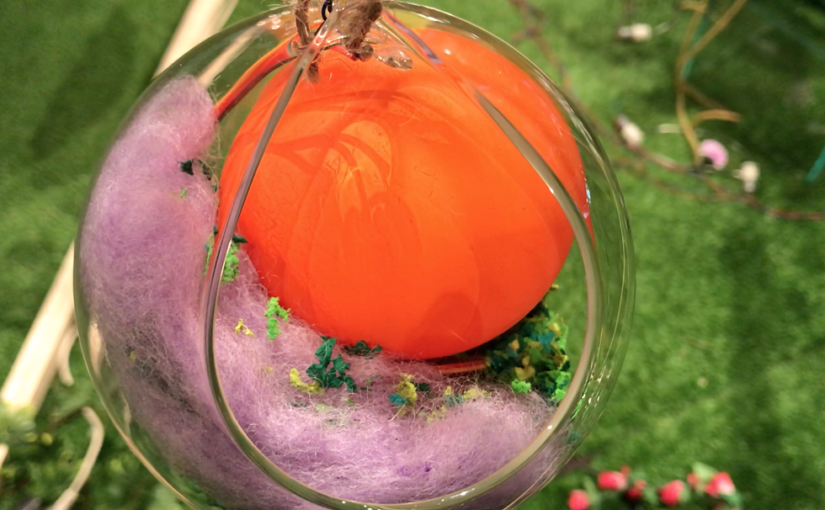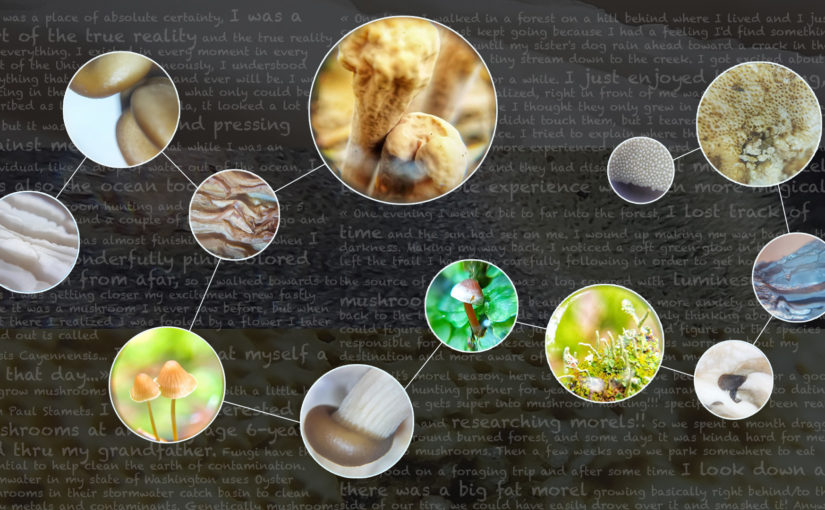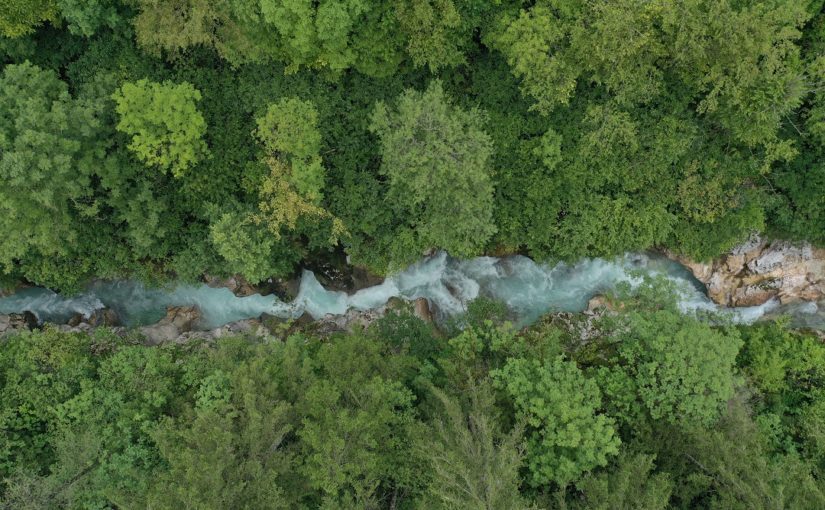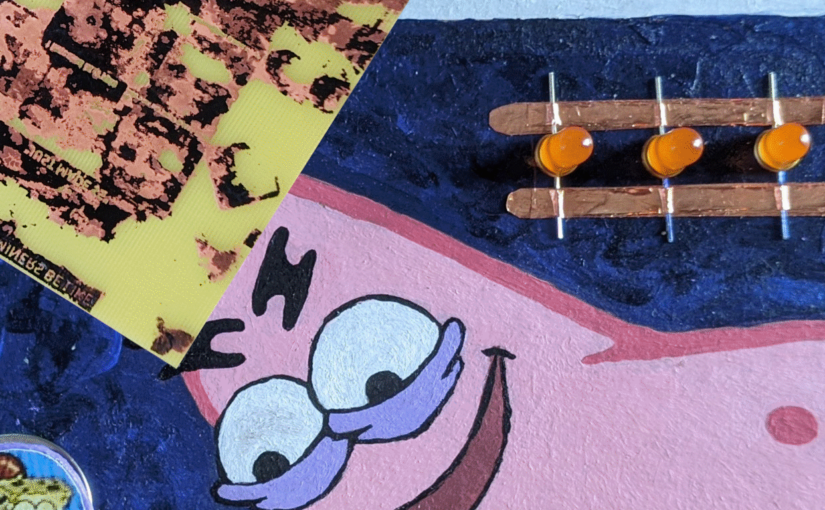Wouldn’t it be amazing if we did not have to build a cable network for The Internet but could just dock onto existing naturally grown ones?
There are dense mycorrhizal (fungi) networks in the forests that live in symbiosis with plants, receiving carbohydrates from photosynthesis and therefor providing the plants with nutrients from the soil.
But more importantly for this project: They provide a nutrient exchange system between the plants and communication channels that function by chemical and electric signalling.
Let´s compare systems on different scales and built on different matter that work with electrical and/or chemical signalling:
The first that come to mind are brains, thunderstorms, electricity networks like computers or world wide communication infrastructure.
While the weather with its electrical charge and discharge as well as brains and mycorrhizal networks exist naturally, we build our digital communication system from glass fibres and cooled server farms.
I want to propose the idea to benefit from and nurture existing fungal systems and try to send messages via these already existing paths, maybe invite the networks to grow close to human communities and create a data highway of nutrients and information.
This is a speculative storytelling project – very welcome to lead to scientific research and connect already existing studies to it, but most importantly I want to spin ideas.
Some questions to start with:
– which communication protocols are used in fungi networks and what is their message transfer speed?
– how does the symbiosis between fungi and plants work, how can it be abused?
– what does the fungal network need to flourish?
– simple (theoretical) experiments of sending a signal through a fungal network
– looking for benefits for the environment and the human need for a functioning communication infrastructure
The first story-telling and speculation session at PIFcamp will be on Monday, August 9th at 6pm.
Fungi Internet is a project by Rosi Grillmair.
